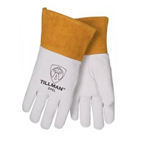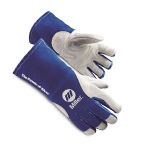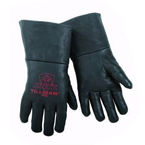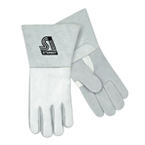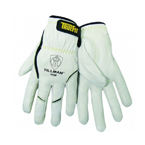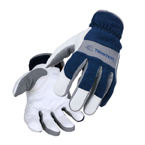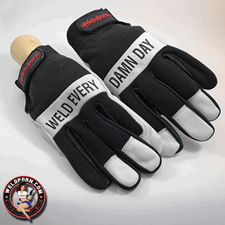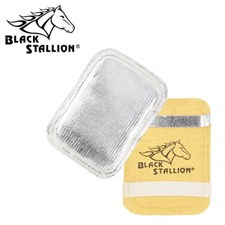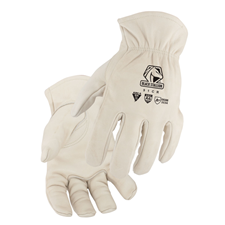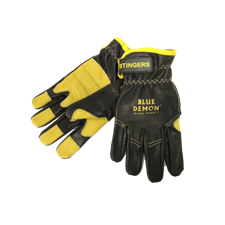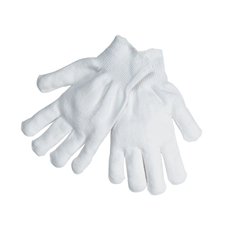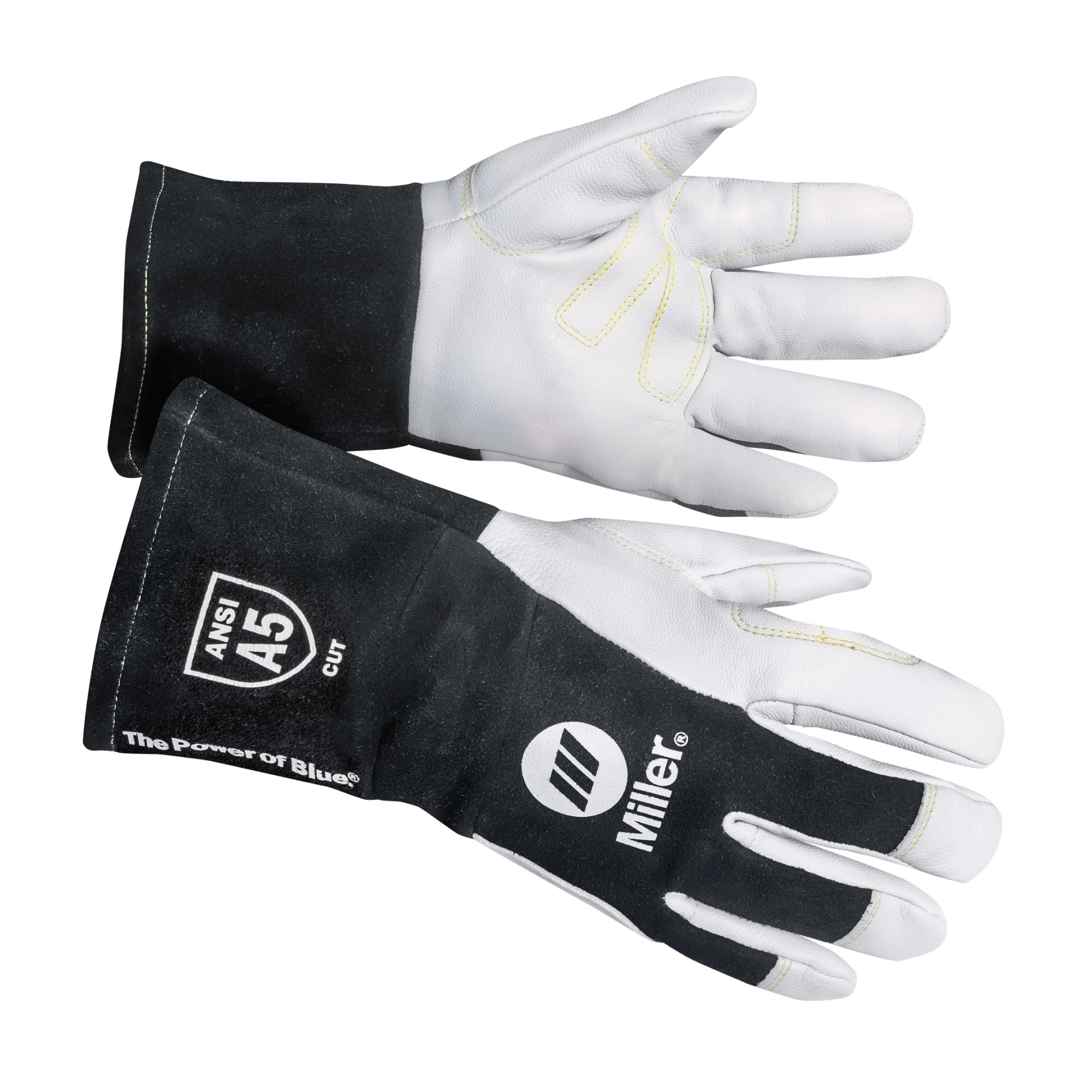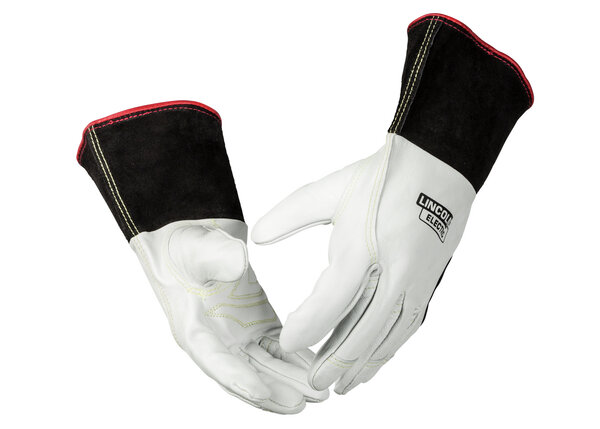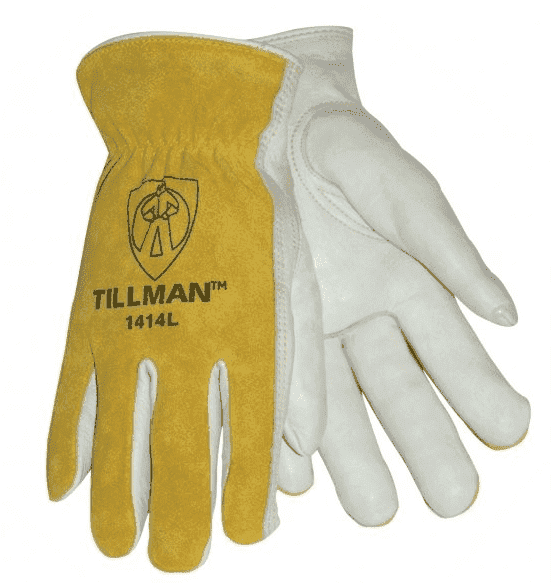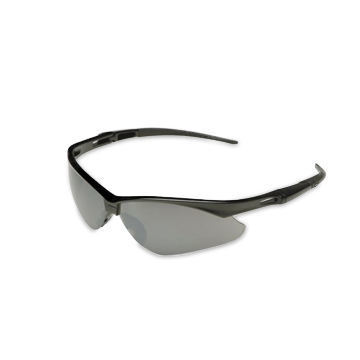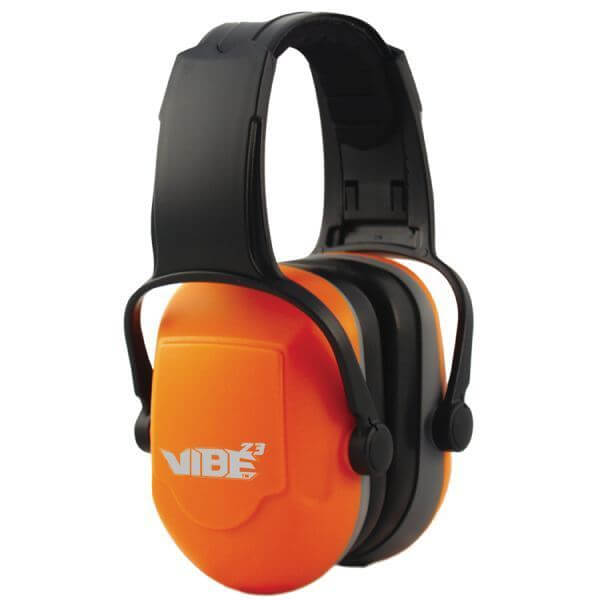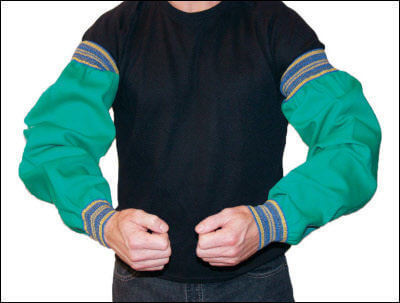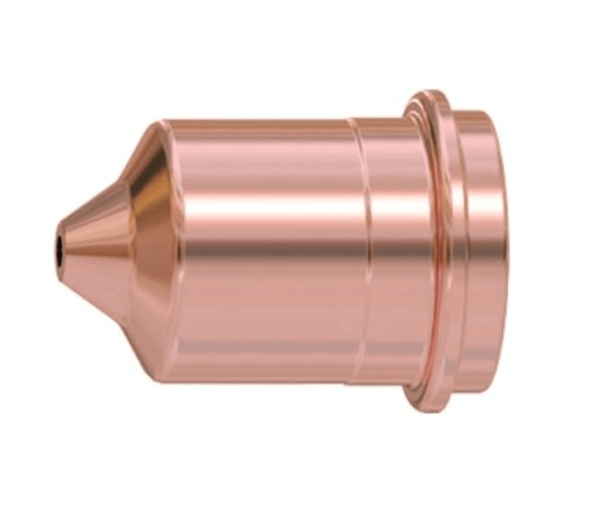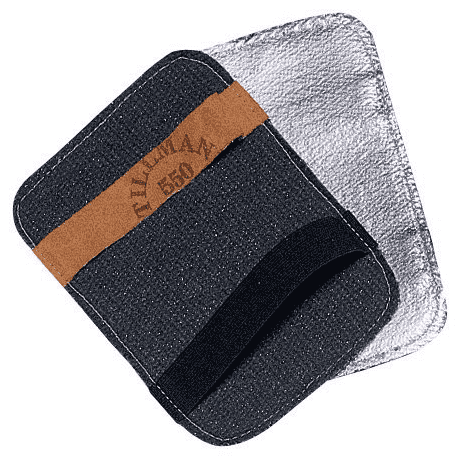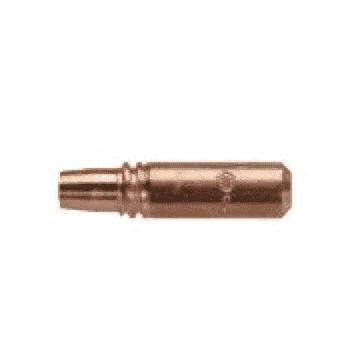Welding & Plasma Cutting Gloves

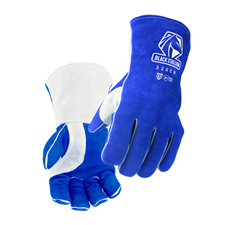

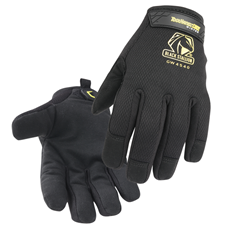

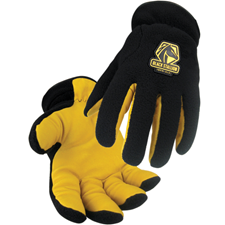

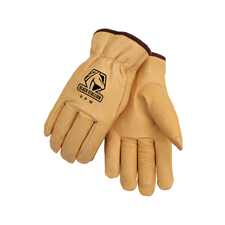

Our more popular welding gloves include:
Welding Gloves for Plasma Cutting and TIG Welding
Give your hands their deserved protection with affordable, name brand welding gloves for TIG welding and plasma cutting applications online at Welders Supply Company. Our selection of Tillman gloves and other quality welding gloves are made from a variety of durable materials for superior comfort, protection, and warmth in any work environment, from the heat of a welding shop to the chilly arctic jobsite to the coziness of your semi cab. Available in fine cowhide, pigskin, deerskin, elkskin and kidskin, Tillman work gloves and welding gloves offer the versatility to meet the demands of diverse work environments. For quality Tillman work gloves and other name brand welding gloves online for the most affordable prices anywhere, shop Welders Supply Company online.
What are the uses, advantages, and qualities of different materials used in welding gloves?
Acrylic Gloves
Acrylic is commonly used in everyday winter gloves. However, in the case of welding gloves, acrylic is often combined with several other materials to create the finished product.
Aluminized Gloves
Aluminized gloves are heavily equipped to protect hands from the roughest heat.
Bourbon Brown Split Leather Gloves
Also see: split leather. “Bourbon brown” primarily refers to the color/style of the gloves.
Cotton Gloves
Cotton is often used as the material for the inner lining of welding gloves, sometimes paired with foam insulation.
Cowhide Gloves
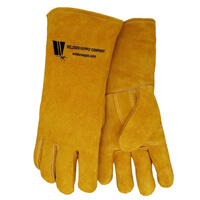 Cowhide gloves consist of a thicker material than other leather out there. The cuffs of these gloves are normally looser. In the event they do start on fire you can quickly flick them off your hands (and your hands shouldn’t be damaged). Another advantage of cowhide being thicker than goatskin, as well as a more loosely-fitting cuff, is you can tuck your shirt sleeves into the gloves to better protect the skin on your arms from flying sparks.
Cowhide gloves consist of a thicker material than other leather out there. The cuffs of these gloves are normally looser. In the event they do start on fire you can quickly flick them off your hands (and your hands shouldn’t be damaged). Another advantage of cowhide being thicker than goatskin, as well as a more loosely-fitting cuff, is you can tuck your shirt sleeves into the gloves to better protect the skin on your arms from flying sparks.
Deerskin Gloves
A notable preference among some wearers is that deerskin is much more comfortable than cowhide. Another aspect of deerskin gloves is the material being naturally softer. Despite this, moisture/sweating will not keep the deerskin from drying out.
Elkskin Gloves
Elkskin is in many cases the best choice for STICK welding. The added heat protection is effective when combined with maximum dexterity, allowing you to move your hands well.
Fiberglass Gloves
Fiberglass is a glass-fiber reinforced plastic that is combined with acrylic to create the cuffs on certain gloves.
Flextra® Gloves
Flextra provides superior high heat protection for welding applications. Flextra material blend is made of Kevlar, fiberglass, and Nomex for optimal heat safety. In the Tillman Flextra High Heat Gloves, the Flextra material protects hands from heat up to 600 degrees Fahrenheit during long term welding (and in short term up to 1,000 °F).
Foam Insulation Gloves
Foam is frequently used to insulate the inner lining of welding gloves, sometimes paired with cotton.
Goatskin Gloves
Typically, goatskin is used as the primary leather in TIG gloves since it is a thinner material. It has a terrific feel, and in some cases you are able to pick up rods or other items without having to first switch gloves. The downside of using the thinner, mobile material is it tears more easily. The Tillman 1470 gloves are only mesh in the back, allowing your skin to breathe easier in hotter shops (including the summer months). Slightly more durable models like the Tillman 1490 features more cowhide on the palms and fingertips, providing more protection but again making it slightly harder to move your hands. Generally keep in mind, sparks will burn right through the goatskin TIG gloves. The fact these are a snugger fit also means you cannot flip them off your hands quite as easily if they do accidentally catch on fire. Even so, using thinner leather like goatskin allows for greater mobility.
Kevlar® Gloves
Kevlar is a synthetic fiber of high tensile strength used especially as a reinforcing agent in the manufacturing of rubber products and protective gear.
Kidskin Palm Gloves
Consisting of leather which is both thinner and softer than most traditional leathers, kidskin is often made using the skin from younger goats, hence the name “kidskin.”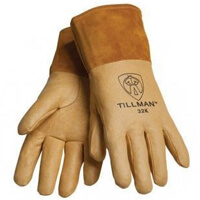
Latex Gloves
Latex gloves are good for providing the wearer with maximum dexterity but on their own offer little in the way of heat, fire or cut protection. Certain models of latex gloves blend other materials, like Kevlar knit shells to add flame-resistance and allow the handling of some sharper materials.
Leather Gloves
Welding gloves are made out of a variety of materials, including leather. This leather could be made of cowhide, goatskin, deerskin, or a variety of others. The durability and range of uses varies depending on the individual set of gloves in question.
Nitrile Gloves
Nitrile gloves are good for protecting the wearer from many kinds of chemical exposures but offer little in the way of heat, fire or cut protection.
Nomex® Gloves
Nomex is a brand of fiber that manages to be lightweight yet effectively protect from heat while being flame-resistant. Firefighters are well-known for wearing Nomex, although the benefits extend to other trades (like welding!).
Pearl Cowhide Gloves
Also see: cowhide. “Pearl” refers to the general color/style of the gloves.
Pearl Kidskin Gloves
Also see: kidskin. “Pearl” refers to the general color/style of the gloves.
Pigskin Gloves
Pigskin offers dexterity and flexibility comparable to deerskin and goatskin, while still being incredibly durable for light to medium duty welding. Pigskin also resists oil and water when MIG welding, providing moderate cut resistance.
Polyethylene Gloves
Polyethylene is a firmer type of foam often used as the shell material in welding gloves.
Polyurethane Gloves
Polyurethane is a softer type of foam, providing more cushion than polyethylene, although in welding gloves, the two can be used together.
Rayon Gloves
Rayon is a fiber manufactured from processed cellulose. Combined with aluminum, the protection from high-heat is substantial.
Split Leather Gloves
Cowhide is incredibly thick, meaning that manufacturers often split the hide in order to thin out the leather. The underside is considered the “split.” Both sides tend to resemble suede.
Wool Gloves
Wool is often used as the lining of welding gloves.






